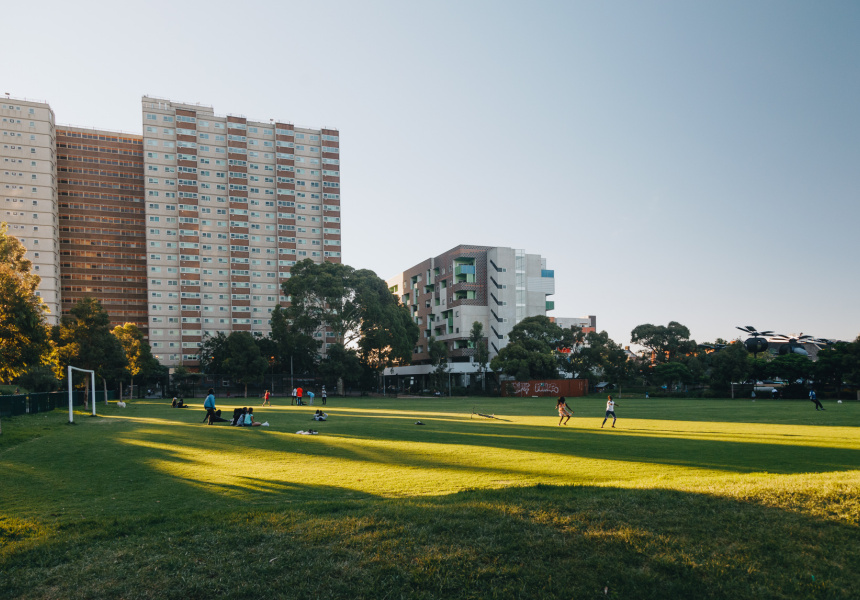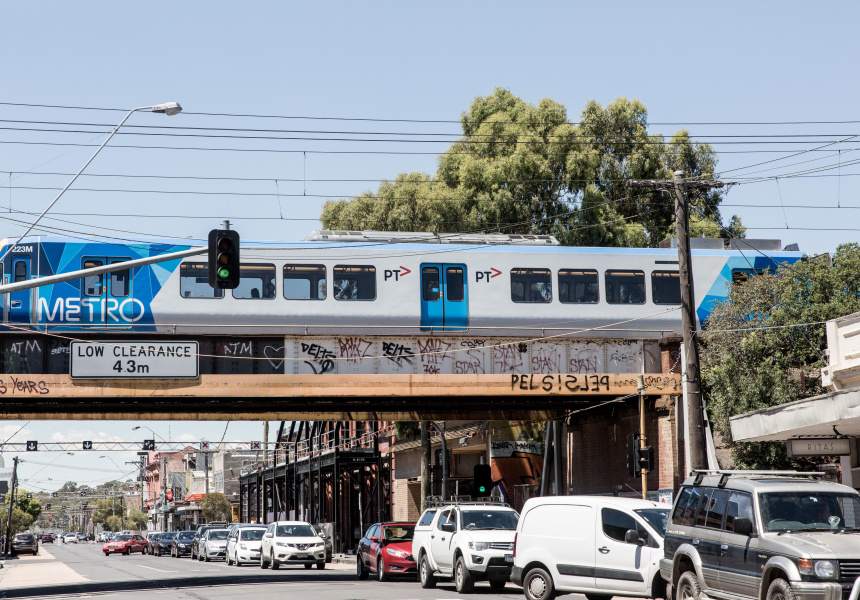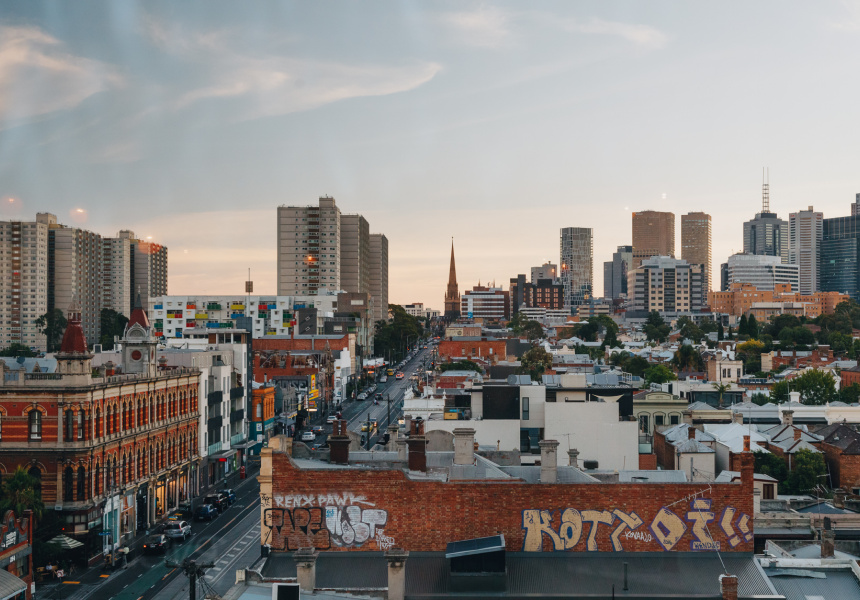Yesterday, as Victoria recorded 76 new cases of coronavirus – the state’s highest daily number in 12 months – Premier Daniel Andrews flagged a change in strategy. He conceded that eliminating the highly infectious Delta variant may not be possible, and that partially opening up with low case numbers may be necessary. A “modest” easing of restrictions was due to be confirmed today.
At a press conference this afternoon, Andrews announced that playgrounds will reopen on Friday for children under the age of 12. Each playground will have a QR code for check in, only one parent will be allowed to attend at a time, and removing masks to eat and drink will not be permitted.
In-home childcare arrangements will also be expanded to include school-aged children, but only if both parents are authorised workers.
We think you might like Access. For $12 a month, join our membership program to stay in the know.
SIGN UPNo other changes were announced.
“We can’t ease restrictions today in any profound way. And I don’t think anyone was expecting that,” Andrews said.
The state recorded 120 new cases today, all locally acquired. Sixty-four are linked to known outbreaks, while the remaining 56 are still under investigation. There are 900 active cases in total.
Andrews spent most of the press conference outlining the conditions that must be met for restrictions to relax again, stressing the importance of vaccinations. There are currently 70,000 Astra Zeneca appointments available.
“We cannot wait,” Andrews said. “You need to get vaccinated, and you need to get vaccinated as soon as possible. The best vaccine is the one you can access today.”
The state government has given year-12 students (and year-11 students sitting year-12 exams this year) priority access to the Pfizer vaccine. From September 7 onwards, students will be contacted by their schools to arrange appointments at state vaccination hubs.
As of today, 35 per cent of Victorians over the age of 16 are fully vaccinated with two doses. The state is aiming to administer first doses to at least 70 per cent of the population by September 23.
Only when that target is reached, Andrews said, will the government consider easing more restrictions – including expanding the five-kilometre shopping and exercise radius to 10 kilometres; increasing the outdoor exercise allowance to three hours; reopening outdoor gyms and personal training sessions; boosting construction sites to 50 per cent worker capacity, and allowing private real estate inspections to resume.
Significant freedoms won’t return, however, until the two vaccination targets set by national cabinet are reached: 70 per cent, and then 80 per cent, of over-16s fully vaccinated with two jabs. At present rollout speed, those targets will be reached in roughly 60 and 80 days, respectively, meaning Melbourne will remain in full or partial lockdown until November.
Andrews said that the past four weeks have not been in vain: modelling from the Burnet Institute suggests that this lockdown has prevented about 6000 cases of Covid and 600 hospitalisations.
In regional Victoria, meanwhile, lockdown could lift as soon as next week.



